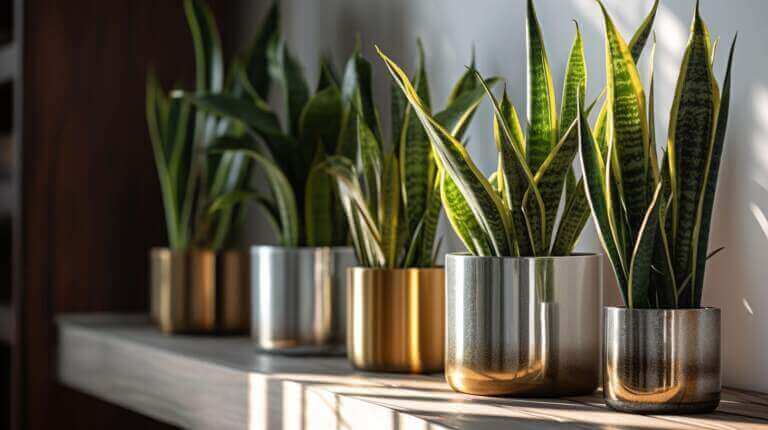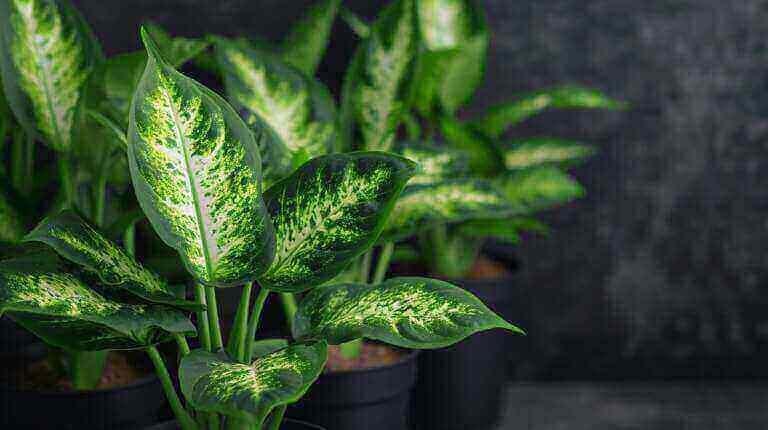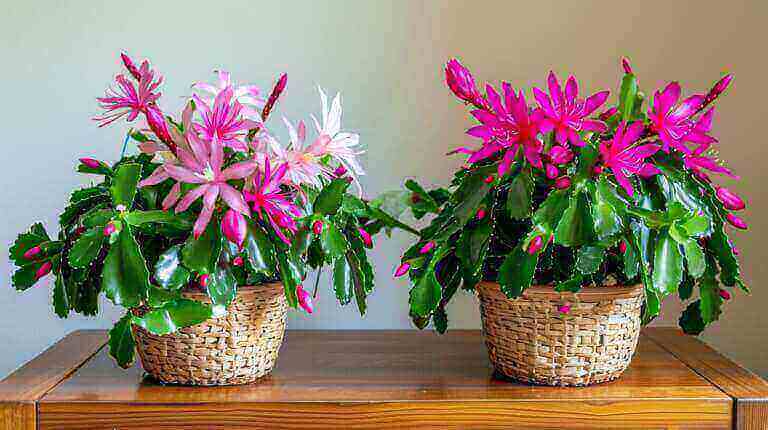How Often to Water ZZ Plant: ZZ Plant Watering Techniques Explained
Are you tired of watching your beloved ZZ plant wither away due to improper watering? Look no further!
In this informative article, we will delve into the depths of proper watering techniques for a ZZ plant, providing you with a comprehensive guide to ensure your plant thrives.
From understanding its watering needs to mastering the art of preventing over-watering and under-watering, this article will equip you with the knowledge and skills needed to maintain a flourishing and healthy ZZ plant.
Key Takeaways
- ZZ plants have low water requirements and should not be overwatered.
- The watering frequency for a ZZ plant should depend on factors such as temperature, humidity, and pot size.
- Proper drainage is essential for the optimal growth and health of a ZZ plant.
- Signs of under-watering include wilting leaves, yellowing or browning leaves, and a droopy appearance.
Understanding the ZZ Plant Watering
In order to effectively meet the watering requirements of a ZZ plant, it is crucial for plant owners to have a thorough understanding of when you need to water your zz plant. ZZ plants, scientifically known as Zamioculcas zamiifolia, are native to drought-prone regions of Eastern Africa. As a result, these plants have evolved to tolerate long periods of water scarcity. Therefore, ZZ plants have low water requirements and do not appreciate excessive watering.
When it comes to watering frequency, ZZ plants prefer a ‘less is more’ approach. Overwatering can be detrimental to their health, as it can lead to root rot and other moisture-related issues. It is recommended to water only when the soil on the top inch or two of the soil to dry out before watering again. This typically translates to watering ZZ plants every 2-3 weeks, although this can vary depending on factors such as temperature, humidity, and the size of the pot.
To ensure proper watering, it is essential to use well-draining soil and pots with drainage holes. This allows excess water to escape and prevents the soil from becoming waterlogged. Additionally, it is important to avoid leaving water in the saucer or tray underneath the pot, as this can also lead to root rot.
The Right Amount Of Water For Your ZZ Plant
Determining an appropriate watering frequency is crucial for maintaining the health and well-being of your ZZ plant. Proper watering techniques are essential to prevent overwatering or underwatering, both of which can lead to the decline of your plant. Finding the right watering schedule to keep your ZZ plant can be a bit tricky, as it depends on various factors such as the size of the pot, the type of soil, and the environmental conditions.
To help you determine the ideal watering frequency for your ZZ plant, refer to the table below:
| Environmental Factors | Watering Frequency |
|---|---|
| High humidity | Once every 7-10 days |
| Moderate humidity | Once every 10-14 days |
| Low humidity | Once every 14-21 days |
By considering the humidity levels in your environment, you can adjust the watering frequency accordingly. Additionally, it is important to monitor the moisture level of the soil before watering. Stick your finger about an inch deep into the soil, and if it feels dry, it’s time to water the ZZ plant.
The Importance of Proper Drainage for a ZZ Plant
Proper drainage is paramount for the optimal growth and health of a ZZ plant, ensuring the prevention of waterlogged soil and potential root rot. ZZ plants, also known as Zamioculcas zamiifolia, are popular indoor plants known for their ability to thrive in low-light conditions and tolerate neglect. However, overwatering and poor drainage can quickly lead to the demise of these hardy plants.
To understand the importance of proper drainage, it is essential to consider the natural habitat of ZZ plants. Native to Eastern Africa, these plants grow in arid regions with well-draining soil. Mimicking their natural environment is crucial for their overall well-being.
Watering a ZZ plant should be done sparingly, allowing the top inch of soil to dry out between waterings. When watering, it is crucial to ensure that excess water can easily drain out of the pot. This can be achieved by using a well-draining potting mix that consists of a combination of perlite, sand, and peat moss. Additionally, placing the pot on a saucer filled with pebbles can help prevent water from sitting at the bottom of the pot.
Techniques for Watering a ZZ Plant to Prevent Over-watering
By allowing the soil to dry out between waterings and using a well-draining potting mix, you can effectively prevent over-watering a ZZ plant and ensure its optimal growth and health.
ZZ plants, also known as Zamioculcas zamiifolia, are popular houseplants due to their ability to thrive in low-light conditions and their low maintenance requirements. However, improper watering can lead to root rot and ultimately harm the plant.
To prevent over-watering, it is crucial to establish a proper watering frequency. ZZ plants prefer to be watered thoroughly but less frequently. ZZ plant doesn’t need water if the top inch of soil feels dry to the touch. This may vary depending on factors such as the size of the pot, the amount of light the plant receives, and the temperature of the environment. It is essential to monitor the plant’s water requirements and adjust the watering frequency accordingly.
In addition to the watering frequency, using a well-draining potting mix is vital to prevent waterlogged soil. A mixture of peat moss, perlite, and sand allows excess water to drain freely, preventing water from sitting around the roots and causing root rot. Prioritize using a pot with drainage holes to ensure proper water flow.
Signs of Under-Watering and How to Prevent It in a ZZ Plant
To ensure enough water of your ZZ plant, it is crucial to be aware of the signs of under-watering and take preventative measures.
ZZ plants, also known as Zamioculcas zamiifolia, are native to Eastern Africa and are known for their ability to tolerate low light and dry conditions. However, they still require regular watering to thrive.
Signs of under-watering in a ZZ plant include wilting leaves, yellowing or browning of the leaves, and a droopy appearance. When the soil becomes too dry, it can lead to stress and dehydration in the plant. To prevent dry soil and maintain optimal moisture levels, there are several key steps you can take.
First, make sure to water your ZZ plant thoroughly but infrequently. Allow the top inch of soil to dry out before watering again. This will help prevent over-watering and ensure that the roots have access to oxygen. Additionally, consider using a well-draining potting mix that allows excess water to flow out of the pot.
In terms of frequency, water your ZZ plant every generally require watering every 2-3 weeks, but this may vary depending on factors such as the size of the pot, the temperature, and the humidity levels in your environment. It’s important to monitor the moisture levels in the soil and adjust your watering schedule accordingly.
To further prevent under-watering, consider using a moisture meter or your finger to check the moisture level in the soil. ZZ plants prefer to dry out before water. Therefore, if the meter reads dry or your finger feels dry up to the second knuckle, it means your plant needs to be watered.
Frequently Asked Questions
What is the proper way to water my ZZ plant after pruning?
To ensure the proper growth of your ZZ plant after pruning, following zz plant care tips is essential. When watering, make sure to provide a thorough soak, allowing the soil to fully dry between waterings. Overwatering can lead to root rot, while underwatering can hinder its growth. Finding the right balance is crucial for a healthy and thriving ZZ plant.
Can I Use Tap Water to Water The ZZ Plant or Is Distilled Water Better?
When watering ZZ plants, it is important to consider the type of water used.
The choice between tap water and distilled water can have an impact on the plant’s health. Tap water may contain minerals and chemicals that can potentially harm the ZZ plant over time.
On the other hand, distilled water is pure and free from impurities, making it a safer option.
However, using filtered water can also provide benefits, as it removes harmful substances while retaining essential minerals.
Is It Necessary to Mist My ZZ Plant’s Leaves in Addition to Regular Watering?
Misting the leaves of a ZZ plant can offer several benefits.
While regular watering is essential, misting the leaves can provide additional moisture, especially in dry environments. This can help mimic the plant’s natural habitat and create higher humidity levels, which ZZ plants prefer for optimal growth.
Misting also helps to remove dust and dirt from the leaves, improving their overall health and appearance. However, it is important not to overdo it, as excessive moisture can lead to fungal diseases.
How often to water ZZ plant need water?
To answer how often to water a ZZ plant depends on several factors, including the size of the plant, the time of year, and the climate you live in. However, a good rule of thumb is to water your ZZ plant when the soil is completely dry.
How much water does a ZZ plant need?
The amount of water a ZZ plant needs can vary. It’s important to water the soil thoroughly, but you should allow it to dry out completely between waterings. Overwatering can lead to root rot and other issues.
What are the signs of an overwatered ZZ plant?
Signs of an overwatered ZZ plant can include yellowing leaves, wilting, and root rot. If you notice these symptoms, you might be overwatering your ZZ plant.
Can a ZZ plant survive without water for an extended period?
ZZ plants are quite drought-tolerant and can survive without water for a while. However, prolonged lack of water can lead to wilting and browning of leaves.
What is the proper way to water your ZZ plant?
The proper way to water your plant is to thoroughly soak the soil and then allow it to dry out completely before watering again. It’s also important not to let the plant sit in standing water as this can lead to root rot.
How to tell if you are overwatering your zz plant?
If your ZZ plant’s leaves are yellowing or falling off, or if the plant seems generally unhealthy, you might be overwatering. It’s best to let the soil dry out completely between waterings.
Can I use less water for my ZZ plant in winter?
Yes, during winter months when growth slows down, your ZZ plant will need less water. Always check the dryness of the soil before watering. Water the plant only when the top 1-2 inch of the soil is dry.
What impact does watering have on the health of my ZZ plant?
Proper watering is crucial for the health of your ZZ plant. Both under-watering and over-watering can lead to health problems such as wilting, yellowing leaves, and root rot.







